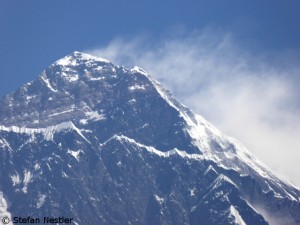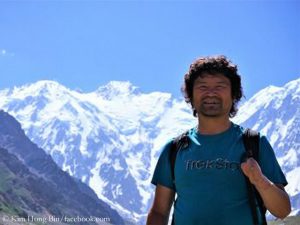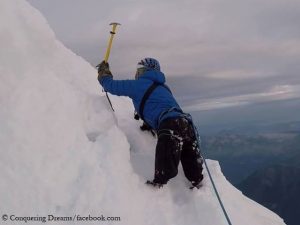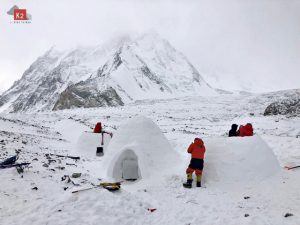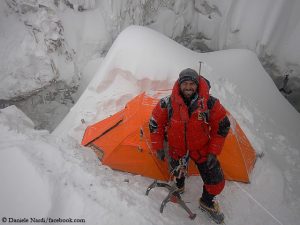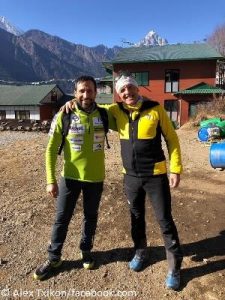New Everest rules: Using a sledgehammer to crack a nut
No more permits for solo climbers, blind and double amputees – following the argument of the Nepalese government, this makes the highest mountains in the world safer. A look at the facts shows that a sledgehammer is to be used to crack a nut. For example, let’s take a look at what’s happening on Mount Everest. The Himalayan Database (now freely accessible to all, thus also to the government of Nepal) has so far recorded 1967 expeditions to the highest mountain in the world. Of these, only six – say 0.3 percent – were classified as solo expeditions.
Only Marshall’s solo attempt in 1987 ended fatally
Reinhold Messner’s ascent in summer 1980 on the Tibetan north side was the first and only successful one so far. In summer 1986 and spring 1987, the Canadian Roger Gough Marshall tried in vain to climb through the North Facel. In the first attempt he made it to 7,710 meters – in the second to 7,850 meters; on the descent, he fell to death from 300 meters above the Central Rongbuk Glacier. In winter 1992, the Spaniard Fernando Garrido abandoned his solo attempt on the Nepalese south side at 7,750 meters.
In addition there are the two failed attempts of the Japanese Nobukazu Kuriki in fall 2016 (up to 7,400 meters on the North Face) and in spring 2017 (up to 7,300 meters) on the Tibetan north side. His other “solo” attempts on the south side and on the West Ridge are not listed as solo climbs, because he had ascended on the route through the Khumbu Icefall which had been prepared by the “Icefall doctors”, in some cases other members of his expedition had joined him up to Camp 2.
0.3 percent climbers with handicap
The number of disabled mountaineers on Everest is statistically negligible too. According to the Himalayan Database, there were only 44 climbers with a handicap among the 13,952 registered Everest expedition members, this is 0.3 percent – all types of disabilities are grouped here, e.g. also Kuriki’s nine amputated fingers. 15 of the listed disabled mountaineers reached the summit at 8,850 meters. Two died: in 2006, the visually impaired German Thomas Weber (at 8,700 meters on the Northeast Ridge probably due to a stroke after he had returned just below the summit) and in 2014 Phur Temba Sherpa, whose disability is not specified in the database (he died in the avalanche incident in the Khumbu Icefall on 18 April 2014).
So if you add the deadly fall of solo climber Marshall, we have a maximum of three deaths from the “risk group” identified by the government of Nepal – which is about one percent of the total of 290 dead on Everest so far.
Double amputee sticks to his Everest plan
Hari Budha Magar is one of the mountaineers who, according to the new regulations, will not receive a permit this spring. The 38-year-old Nepalese lost both legs above his knees as a soldier of the British Gurkha Regiment during a bomb blast in Afghanistan in 2010. On Facebook, Hari described the decision of the government of Nepal as “discriminating” and a “violation of human rights”. He is not willing to give up his plan. “I’ll look at all of the options,” said Budha Magar. “If I need to climb from Tibet I’ll do that, if I need to go to the courts I’ll do that.”
Hari received public backing by the US Ambassador in Nepal. “Ability not perceived ‘disability’ must guide rules on who can trek Mt. Everest,” Alaina B. Teplitz posted on Twitter. “Climbers like Hari Budha Magar shouldn’t be banned because of false assumptions about capabilities.”



